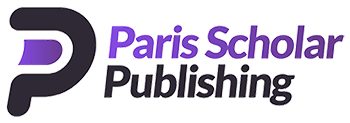Using Digital Platforms in Schools for Prevention and Health Promotion: A Scoping Review
An Open Access article published in the Health Behavior and Policy Review Journal.
The full article is available as a PDF download.
Authors:
Christian Dagenais, PhD
Michelle Proulx, PhD
Esther Mc Sween-Cadieux, PhD
Objective:
Digital platforms for prevention and health promotion (PHP) are now, more than ever, available for use by school professionals, including teachers. However, little is known about what motivates them to use such platforms. A scoping review (ScR) was conducted to identify conditions that promote use by school professionals, including teachers, of PHP digital platforms at schools.
Methods:
For our ScR, we accessed ERIC, Sociological Abstracts, MEDLINE, PubMed, and Web of Science databases (period 2000-2018) in 3 sectors: education, health, online technologies. For each study, we prepared and validated a summary sheet. Contents dealing with conditions for use were subjected to open coding, grouped into categories, and synthesized.
Results:
Of the 3639 articles captured, 17 studies were selected. Five conditions emerged: (1) ensuring that the digital platform becomes a reference for PHP activity in schools; (2) that the resources needed for its uptake are mobilized; (3) that it is user-friendly; (4) that the digital platform engages the participation of everyone involved; and (5) that it is linked to existing programs in the school.
Conclusions:
These results can guide the activities deployed in schools for optimal implementation of PHP programs from digital platforms.
Source: Health Behavior and Policy Review, Volume 9, Number 2, March 2022, pp. 719-737(19)
Publisher: Paris Scholar Publishing Ltd.
DOI: https://doi.org/10.14485/HBPR.9.2.1
